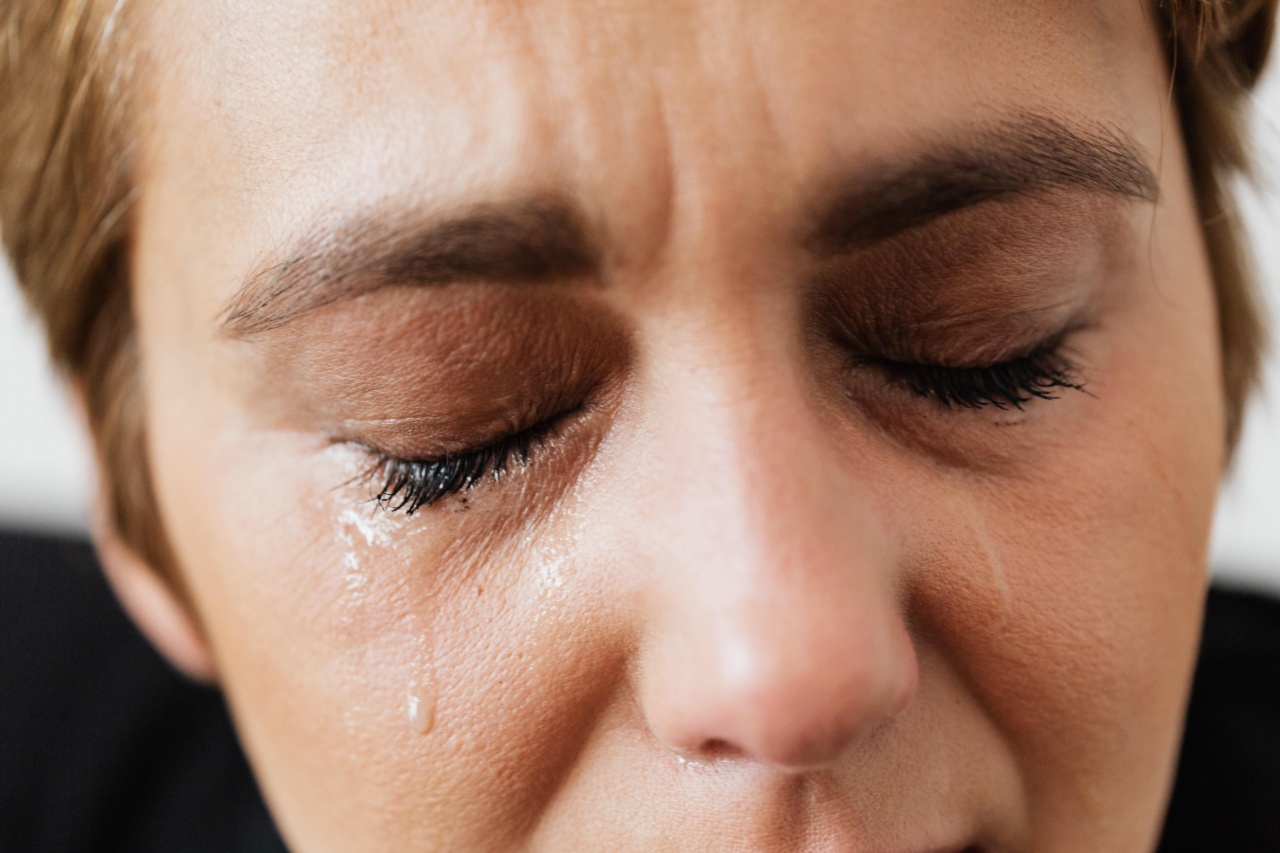Experiencing pain in the middle of your body can be distressing and disruptive to your daily life. Whether you are dealing with abdominal or dorsal pain, finding relief is crucial to improve your overall well-being.
In this article, we will explore various methods and strategies to help you alleviate middle pain and regain control over your body.
The Causes of Middle Pain
Middle pain can have various causes, ranging from mild to severe. It is essential to understand the underlying factors contributing to your discomfort in order to appropriately address and treat it. Here are some common causes of middle pain:.
1. Digestive Issues
One of the most common causes of middle pain is digestive issues such as indigestion, heartburn, or gastroesophageal reflux disease (GERD).
These conditions can cause a burning sensation in the middle of your abdomen, leaving you feeling uncomfortable and in pain.
2. Muscle Strain
If you have recently engaged in physical activity or lifted heavy objects, you may have strained your muscles. Middle pain caused by muscle strain can be sharp or throbbing, and it often occurs in the abdominal or dorsal area.
3. Stress and Anxiety
Middle pain can also be a result of stress and anxiety. When you are under prolonged stress, your body can experience physical manifestations of that stress, including pain in the middle region.
Managing stress and anxiety through relaxation techniques can help alleviate this type of pain.
4. Kidney Stones
Kidney stones are hard deposits that form in your kidneys and can cause severe middle pain. The pain may start in the lower back or abdomen and radiate towards the middle of your body. Seeking medical assistance is crucial if you suspect kidney stones.
5. Gallbladder Issues
Problems with your gallbladder, such as gallstones or inflammation, can lead to middle pain. This pain is typically felt in the upper abdomen and can worsen after consuming fatty or greasy foods.
Consultation with a healthcare professional is necessary if you suspect gallbladder issues.
6. Peptic Ulcers
Peptic ulcers are open sores that develop on the lining of your stomach or the upper part of your small intestine. The pain caused by peptic ulcers tends to be in the middle or upper abdomen and can be exacerbated by certain foods or medications.
How to Alleviate Middle Pain
Now that we have explored some common causes of middle pain, let’s discuss various methods to find relief:.
1. Over-the-Counter Medications
If your middle pain is caused by indigestion, heartburn, or muscle strain, over-the-counter medications such as antacids or pain relievers can provide temporary relief.
However, these should only be used as a short-term solution and should not replace proper medical evaluation.
2. Hot or Cold Therapy
Applying a hot or cold compress to the affected area can help alleviate middle pain caused by muscle strain. The heat from a hot water bottle or a warm towel can relax tight muscles, while a cold pack can reduce inflammation and numb the area.
Alternate between hot and cold therapy for the best results.
3. Stress Management Techniques
If your middle pain is a result of stress and anxiety, incorporating stress management techniques into your routine may be helpful.
Try activities such as deep breathing exercises, meditation, yoga, or engaging in hobbies that bring you joy and relaxation.
4. Hydration and Dietary Changes
Ensuring you are properly hydrated and making dietary changes can play a significant role in alleviating middle pain. Drinking enough water and avoiding excessive caffeine or alcohol consumption can help improve digestion and reduce discomfort.
Additionally, incorporating fiber-rich foods into your diet can promote healthy digestion.
5. Seeking Medical Attention
If your middle pain persists or worsens and is accompanied by other concerning symptoms such as fever, persistent vomiting, or blood in your stool or urine, it is crucial to seek medical attention promptly.
A healthcare professional can accurately diagnose the underlying cause of your pain and provide appropriate treatment.
6. Physical Therapy
If your middle pain is related to muscle strain or injury, physical therapy may be recommended. A physical therapist can guide you through exercises and techniques to strengthen and stretch the affected muscles, promoting healing and pain relief.
Preventing Middle Pain
Prevention is always better than cure when it comes to middle pain. Here are some preventive measures you can take to minimize the chances of experiencing middle pain:.
1. Maintain a Healthy Lifestyle
Eating a balanced diet, exercising regularly, and getting enough sleep are crucial for maintaining overall health and reducing the risk of various health conditions that can lead to middle pain.
2. Practice Good Posture
Poor posture can contribute to muscle imbalances and strain, resulting in middle pain. Focus on maintaining proper posture while sitting, standing, and performing daily activities to alleviate unnecessary stress on your muscles.
3. Manage Stress
Stress is a significant factor in the development of middle pain. Implement stress management techniques such as exercise, meditation, or engaging in activities that bring you joy to minimize the impact of stress on your body.
4. Avoid Trigger Foods
If you have identified specific foods that exacerbate your middle pain, such as spicy or fatty foods, aim to avoid or limit their consumption. Keeping a food diary can be useful in identifying potential triggers.
Conclusion
Experiencing middle pain in the abdomen or dorsal area can significantly impact your quality of life. By understanding the underlying causes and implementing appropriate measures for relief and prevention, you can regain control over your well-being.
Remember to consult with a healthcare professional if your pain persists or worsens to ensure an accurate diagnosis and appropriate treatment.































